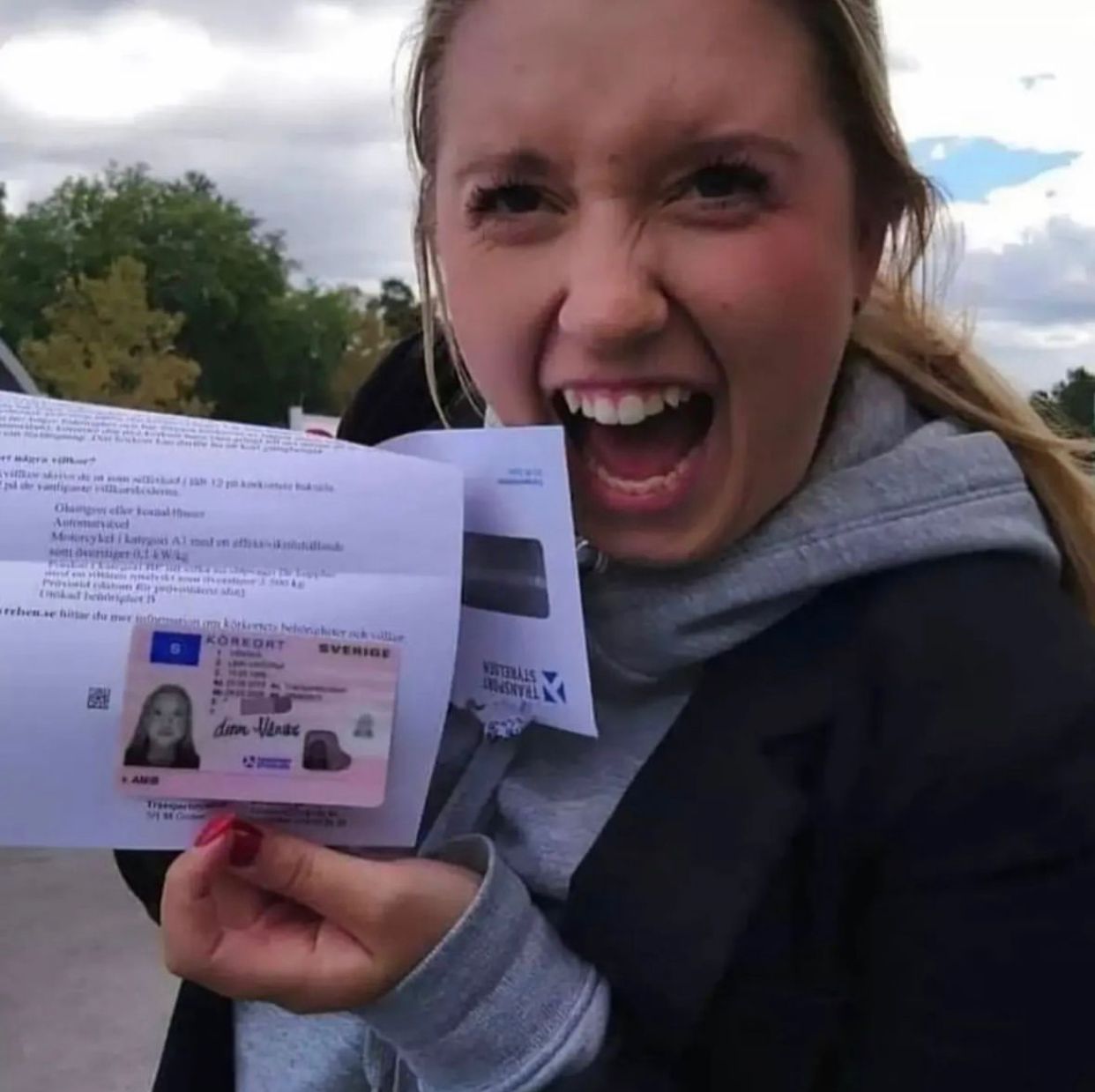Navigating the New Landscape of Driving License ID Handling in 2025
In every society, the driving license works as a vital document, not just as an evidence of the ability to run a vehicle but also as a recognition tool. As we enter 2025, considerable changes have emerged concerning the handling and management of driving licenses, mostly affected by advances in technology, developing policies, and the need for boosted security steps. This short article aims to deliver an extensive introduction of driving license ID handling in 2025, elucidating the technologies included, the approaching legal transformations, and offering responses to typical inquiries.
The Transition to Digital Driving Licenses
One of the most notable changes in driving license ID handling is the prevalent adoption of digital driving licenses. These digital licenses are saved electronically on smartphones, offering numerous benefits to both chauffeurs and authorities. In the United States, for example, lots of states have begun implementing digital driver's licenses, while nations such as Canada and the UK are anticipated to do the same soon.
Secret Benefits of Digital Driving Licenses
- Convenience: Easily available on mobile devices, removing the requirement to bring physical copies.
- Boosted Security: Incorporating biometric features and encryption helps to fight identity theft and fraud.
- Real-time Updates: Immediate updates to personal info, such as changes in address or status, improve precision.
Difficulties and Concerns
Regardless of the advantages, the transition to digital licenses provides difficulties, including issues about privacy, cybersecurity risks, and the digital divide impacting those without access to smart devices or the web.
Modifications in Regulatory Framework
As we head into 2025, numerous policies surrounding driving licenses have come under scrutiny and improvement. Federal governments and regulatory bodies are focusing on guaranteeing that driving licenses are safe, valid, and issued in compliance with established laws.
Secret Legislative Trends
- Standardized ID Formats: Countries are moving towards a standardized format for driving licenses to improve validation and enhance security.
- Increased Verification Procedures: Authorities are now using sophisticated methods such as facial acknowledgment and AI to enhance verification processes at checkpoints.
- Focus on Sustainability: With growing environmental issues, lots of states are selecting environment-friendly products for physical licenses and exploring robust digital options.
- Age and Identity Verification: Enhanced procedures are being put in place to accurately verify the age and identity of drivers, particularly in contexts where age-related laws use to driving.
The Global Perspective: State-By-State Comparison
| Nation | Digital License Implementation | Present Regulations | Significant Features |
|---|---|---|---|
| United States | Numerous states in progress | Differs by state, efforts to merge formats | QR codes for easy validation |
| Canada | In pilot stages | Standardized recognition throughout provinces | Integration with health IDs |
| UK | Early adoption stage | Emphasis on online renewal and details updates | Digital verification via the app |
| Australia | Under consideration | Progressively rigid recognition procedures | Concentrate on fraud avoidance |
The Role of Technology in ID Handling
Technology is changing how driving licenses are handled. AI, blockchain, and biometrics are becoming essential to driving license issuance and verification.
Developments Shaping the Future
- Artificial Intelligence: AI algorithms are now used for acknowledging patterns in driving habits, which can inform insurance premiums and legal ramifications.
- Blockchain Technology: Ensuring the integrity and credibility of driving license information, blockchain innovation allows for secure sharing of info in between authorities without worry of tampering.
- Biometrics: Increasingly, biometric systems are carried out at the point of issuance and confirmation, such as facial recognition and fingerprint scanners, to guarantee protected identity verification.
Potential Impacts of Emerging Technologies
The execution of these technologies can result in improved reliability and security of driving IDs, but it raises concerns about data personal privacy and user authorization.
Often Asked Questions (FAQs)
1. What should I do if my digital driving license is lost or taken?
You need to instantly report the loss or theft to your local automobile company. Many digital licenses have built-in functions to disable gain access to from another location.
2. Are digital driving licenses accepted everywhere?
As of 2025, acceptance of digital licenses varies by region. you can try here 's encouraged to bring both digital and physical copies when taking a trip throughout state or national borders.
3. Can I upgrade my information on a digital driving license?
Yes, updates can often be made through the associated mobile application or website of the issuing authority.
4. What are the security steps for digital licenses?
Digital licenses usually incorporate features such as encryption, two-factor authentication, and biometric confirmation to boost security.
5. How will standard driving licenses be impacted?
The relocation towards digital licenses might reduce the issuance of physical licenses, but they will still be offered for those not able to access digital alternatives.
As we advance into a new era in 2025, the handling of driving licenses is optimizing to satisfy the demands of contemporary society. Through technological developments and regulative reforms, people can anticipate a more safe and secure, efficient, and structured procedure for acquiring and handling their driving licenses. However, as digital solutions proliferate, it stays important to address difficulties relating to personal privacy, security, and accessibility, guaranteeing equitable road access for all drivers while protecting individual information. As federal governments throughout the world continue to adapt to these changes, the future of driving license ID handling is set to be both dynamic and transformative.

